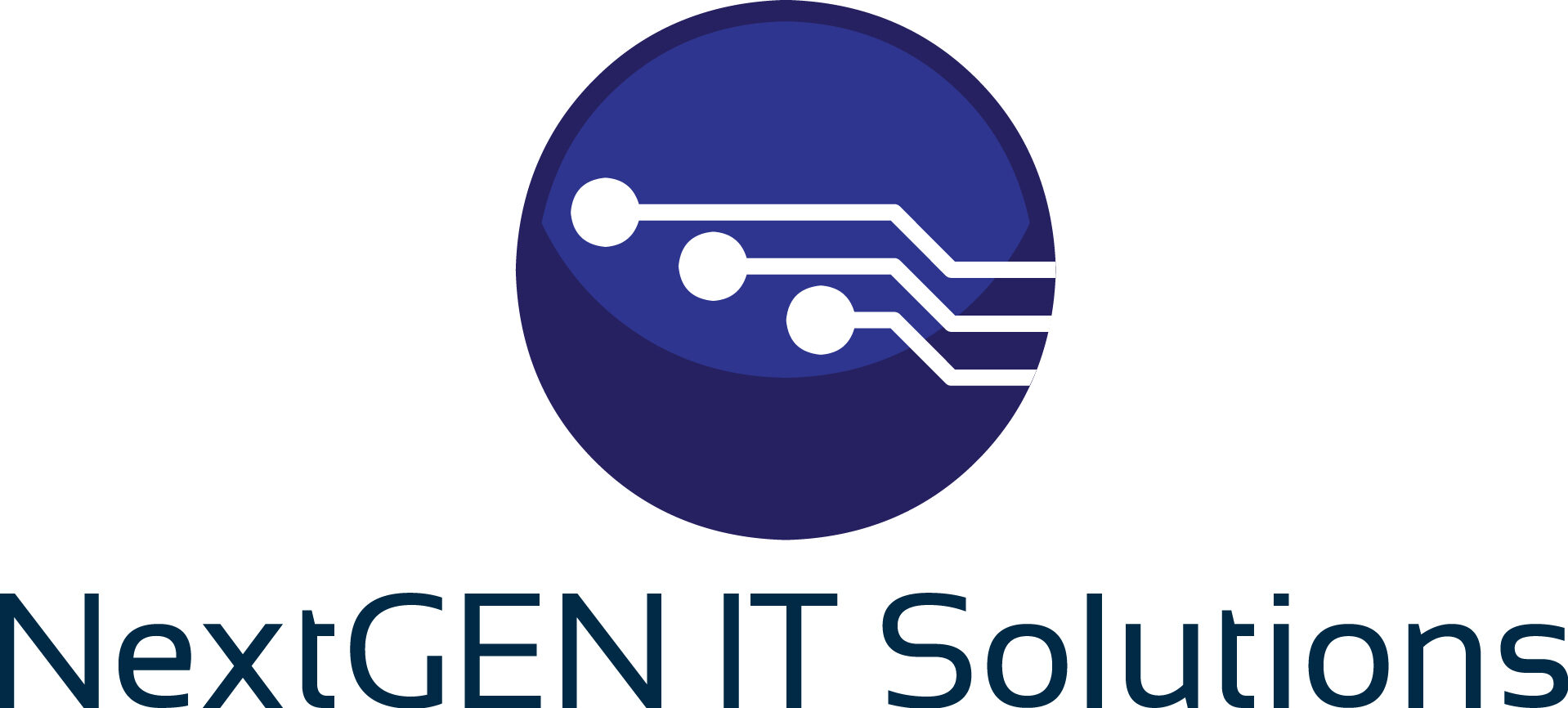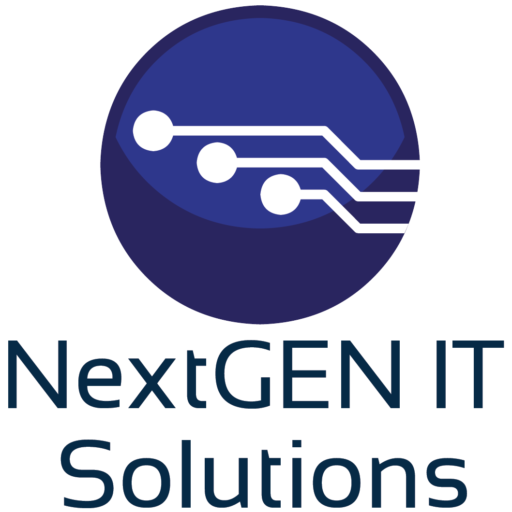2025 Small Business IT Budgeting Guide: Spend Smart

Build a Budget That Protects, Powers, and Scales Your Business
If you’re like most small business owners, tech budgeting feels like guesswork.
One year you overspend on licenses you barely use. The next, a surprise server failure drains your cash flow. And when it comes to cybersecurity, you know you should spend more—but how much is enough?
This is your 2025 guide to IT budgeting for small business—designed to help you:
- Spend smarter
- Reduce waste
- Protect your operations
- Support long-term growth
Let’s get your next budget cycle right—with no surprises and no regrets.
Why IT Budgeting Is More Critical Than Ever in 2025
✅ Cloud adoption is accelerating
✅ Cybersecurity threats are growing (and so are insurance demands)
✅ Hybrid work is now standard
✅ Vendors are shifting to subscription-only licensing
✅ Hardware and support costs are rising
Failing to plan your IT budget isn’t just a financial risk—it’s a business continuity risk.
What Should Be in Your IT Budget?
1. Core Infrastructure
- Workstations (replacement cycle: 3–4 years)
- Servers or virtual infrastructure
- Networking gear (firewalls, switches, APs)
- Wi-Fi design and cabling upgrades
💡 Tip: Budget in cycles—divide hardware replacement across departments to avoid a huge one-year hit.
2. Software & Licensing
- Microsoft 365 or Google Workspace
- VoIP systems (e.g., 3CX)
- Line-of-business software (QuickBooks, CRMs, EMRs)
- Endpoint protection, backup, and DNS filtering
- Remote access tools (VPN, MDM, RMM)
🔍 Watch out for: Auto-renewals, unused seats, and license overlaps. We audit this for clients regularly.
3. Cybersecurity & Compliance
- Antivirus and EDR (Endpoint Detection & Response)
- MFA and Conditional Access
- Email security (SPF, DKIM, DMARC)
- Data backups and disaster recovery
- Firewall management and patching
- Cybersecurity training for staff
- HIPAA, FTC Safeguards, or GLBA requirements
📉 Don’t skimp here. Cybersecurity is now a line item required by insurers, banks, and clients alike.
4. Cloud Services & Storage
- Microsoft 365/Azure/SharePoint licensing
- File storage and collaboration tools
- Cloud backup services (e.g., Datto, Veeam, Acronis)
- Cloud VoIP and communication tools
📁 If you’re still on local servers, factor in a phased cloud migration plan to reduce long-term costs.
5. IT Support & Projects
- Managed IT services (flat monthly fee)
- Break/fix hourly support (if not under a plan)
- Strategic consulting or technology roadmap development
- Staff onboarding/offboarding costs
- Large projects: Office moves, cabling, new server setups
📊 Best practice: Shift to predictable monthly billing through a managed service provider.
6. Training & Adoption
- User training for new tools
- Cybersecurity awareness programs
- Onboarding resources
- AI and productivity workshops
🧠 Tools only work if your team uses them. Budget for training, not just licenses.
How to Create a Smart 2025 IT Budget
Step 1: Review Last Year’s Spend
- What were your largest unplanned expenses?
- What licenses did you pay for but not use?
- Where did you spend more time or money than expected?
🎯 We help clients analyze 12-month history to plan accurately.
Step 2: Define Business Goals for 2025
- Hiring or expanding? Budget for new hardware and seats.
- Remote/hybrid team? Cloud tools and MDM are essential.
- Compliance audits coming? Invest in security and documentation.
- Planning to scale? Consider systems that grow with you.
💼 Align IT with the big picture—not just break/fix tasks.
Step 3: Plan for Replacements and Renewals
- Replace aging laptops, firewalls, or unsupported OS
- Set reminders for license renewals and contract terms
- Schedule downtime-friendly windows for upgrades
💸 Don’t get hit with surprise end-of-life costs or failed equipment mid-quarter.
Step 4: Build in Flexibility
Leave a buffer for:
- Emergency repairs
- Vendor changes
- Productivity tools
- Staffing changes
📌 Most SMBs should budget 3–6% of gross revenue for IT—more for regulated industries or rapid-growth businesses.
Mistakes to Avoid
🚫 Focusing only on hardware and ignoring licensing
🚫 Using last year’s budget without adjustment
🚫 Skipping training and adoption
🚫 Underestimating cybersecurity requirements
🚫 Forgetting to include cloud subscriptions and backup
🚫 Relying on break-fix instead of proactive support
How NextGEN IT Solutions Helps
We work with Western PA businesses to:
✅ Analyze and audit current tech usage
✅ Create technology roadmaps aligned with business goals
✅ Eliminate licensing waste and reduce third-party tool overlap
✅ Prioritize cybersecurity spending
✅ Deliver flat-rate managed services with no surprises
We can even present to your leadership team or board to explain where IT spend is justified—and where it isn’t.
Need Help Planning Your 2025 IT Budget?
Let’s make budgeting easy—and smarter.
📞 Call 724-204-1950
🌐 https://nextgen-itsolutions.com/contact
We’ll walk you through your current IT setup, identify gaps and risks, and help you build a solid 12-month budget that powers your growth.



